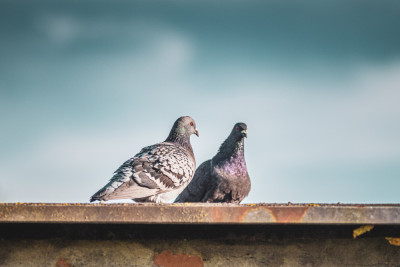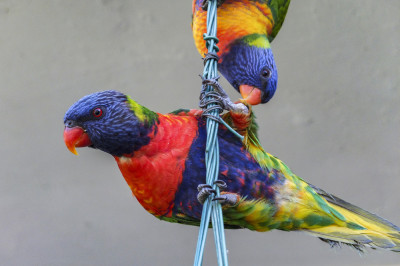1. Quarantine New Birds
Before introducing new birds to your existing flock, it's crucial to quarantine them in a separate space for a minimum of 30 days. Quarantine helps prevent the spread of diseases and allows you to monitor the health of the new birds. During this period, observe them for signs of illness, consult with an avian veterinarian, and ensure they receive any necessary medical care.
2. Choose Compatible Species
When selecting new birds, consider the compatibility of their species with your existing flock. Some bird species are more social and adaptable than others, making integration easier. Research the behavior and temperament of different bird species to find a suitable match for your avian family.
3. Separate but Visible Enclosures
During the initial introduction phase, keep the new birds in separate enclosures within the same room. This arrangement allows your birds to become familiar with each other's presence without direct contact. Use cages or aviaries that provide visual access but prevent physical interaction.
4. Gradual Acclimatization
Gradually acclimate your birds to each other's presence by placing their enclosures closer over time. Monitor their behavior and reactions to ensure they remain calm and relaxed. If you notice signs of stress, such as excessive vocalizations or aggressive posturing, slow down the process.
5. Supervised Socialization
When you feel that the birds have become accustomed to each other's presence and appear calm, you can begin supervised socialization sessions. Allow the birds to interact under close supervision and be prepared to intervene if conflicts arise. These sessions should be short initially, gradually increasing in duration.
6. Monitor Body Language
Pay close attention to the body language and vocalizations of your birds during socialization sessions. Positive signs include curious and relaxed postures, playful behavior, and quiet vocalizations. Negative signs may include aggression, territorial behavior, or fear-based reactions.
7. Provide Multiple Resources
Ensure there are plenty of resources to prevent competition and aggression. This includes multiple food and water dishes, perches, and toys. Having enough resources reduces the potential for conflict over these essentials.
8. Separate Living Arrangements
Until you are confident that your birds can coexist peacefully, keep them in separate enclosures at night and when you are not supervising their interactions. Gradually extend the periods of cohabitation as you observe positive behavior.
9. Be Patient
Introducing new birds to your avian family can take time. Patience is key to allowing your birds to adjust to the changes and form positive relationships. Avoid rushing the process, and be prepared for setbacks along the way.
10. Consult an Avian Expert
If you encounter persistent aggression or difficulties in integrating your birds, consider seeking guidance from an avian behaviorist or veterinarian experienced in avian behavior. They can provide personalized advice and strategies to address specific challenges.
Conclusion
Introducing new birds to your avian family requires careful planning and patience. By following these essential tips and closely monitoring your birds' behavior, you can facilitate a successful integration process that leads to a harmonious and happy avian household. Remember that each bird is unique, and the timeline for integration may vary, so adapt your approach to meet their individual needs.







